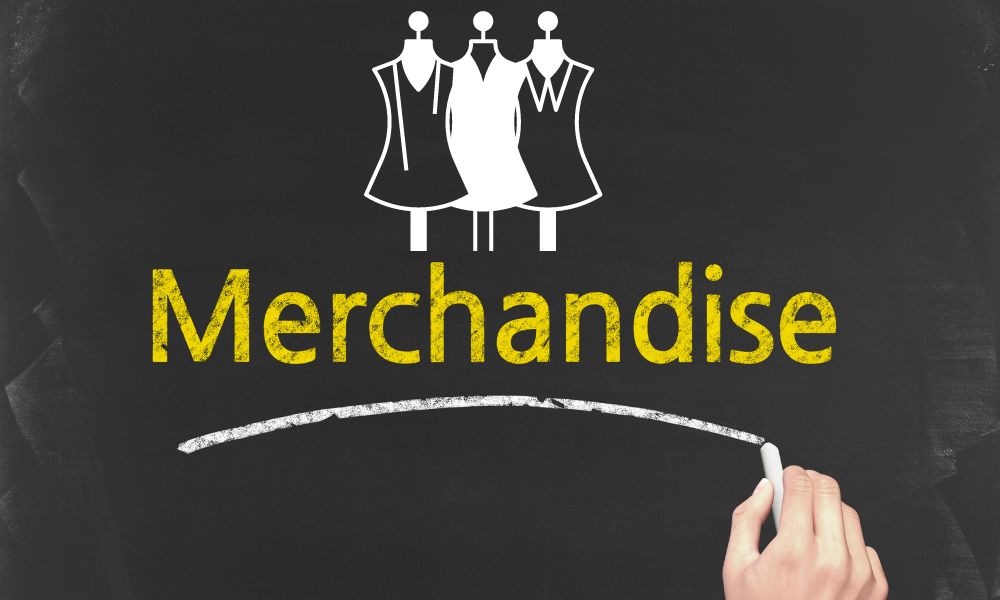Physical Address
Uttara, Dhaka

A merchandiser in the apparel industry is a person who is involved in managing the buyers and their orders by taking care of the garment business in his/her concern. He oversees the company’s manufacturing activities to ensure the timely delivery of right quality and quantity.
Merchandising forms an effective liaison with the buyers. Merchandiser identifies and develops potential new buyers and buying houses. The term merchandising means simply to buy and sell commodities for a profit. The role of merchandiser varies depending upon whether that particular company is performing in a retail or manufacturing context.
According to theory on merchandising, Myer defines merchandising as “Careful planning, capable styling and production or selecting and buying,
In general, the merchandisers or the merchandising activity in apparel industry can be classified into three broad categories
Types of merchandising process/merchandisers
A fashion merchandiser is responsible for planning and developing the range of products that a retailer or brand will offer. Fashion merchandisers oversee the style design of garments and accessories in retail clothing stores, costume suppliers, or fashion houses. From identifying emerging trends to negotiating with suppliers and monitoring sales performance, they are involved at every stage of a product’s lifecycle.
The fashion merchandising process involves in the design creation and product development process. This fashion merchandising process starts from different origins.
fashion merchandiser roles and responsibilities
Workflow of a fashion merchandiser
A deep understanding of current and emerging fashion trends is essential for a fashion merchandiser. They must be able to predict what customers will want before they even know they want it.
While more scientific than fortune telling, fashion merchandising jobs do have a forecasting element. In order to improve accuracy, they need a thorough knowledge of past fashion trends and an awareness of current industry developments.
The fashion merchandiser needs to be able to communicate effectively with designers, buyers, suppliers, and marketing teams to coordinate product development and marketing campaigns.
A good sense of style obviously helps however, he must also determine how things fit into a budget and whether they meet the functional needs of consumers. Other criteria may also influence fashion merchandising decisions, so they will need to be able to analyze a complex set of issues and stand behind their choices.
While having some knowledge of fashion design can certainly help with understanding trends and selecting products to sell, the main focus for a fashion merchandiser is on the business aspects of the industry. So, while it can be beneficial, it is not a requirement for fashion merchandisers to have formal training in fashion design. Aspiring fashion merchandisers can start their careers with a part-time job or internship at a local apparel store.
Fashion merchandisers can work in a variety of settings, including fashion retail companies, department stores, boutiques, and fashion brands. They often collaborate with fashion designers, suppliers, visual merchandisers, and sales and marketing teams.
What a wonderful site about transit, and I hope you continue to provide us with such wonderful advice and knowledge in the future.
Thanks